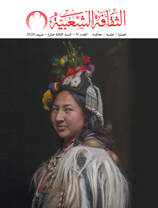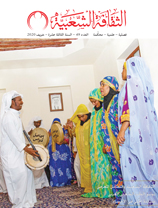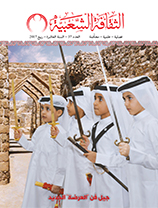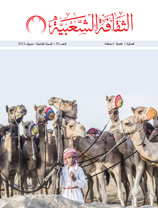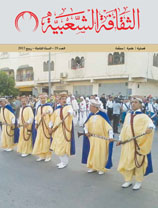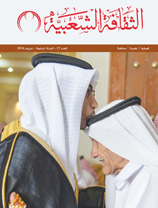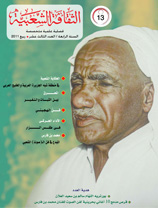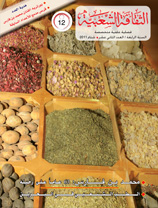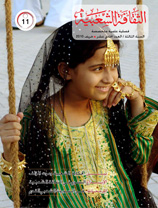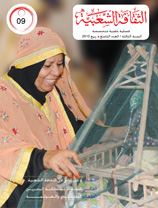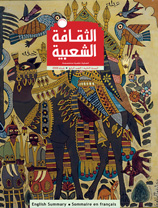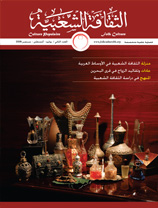Narratives of Origins and Beginnings
Issue 16
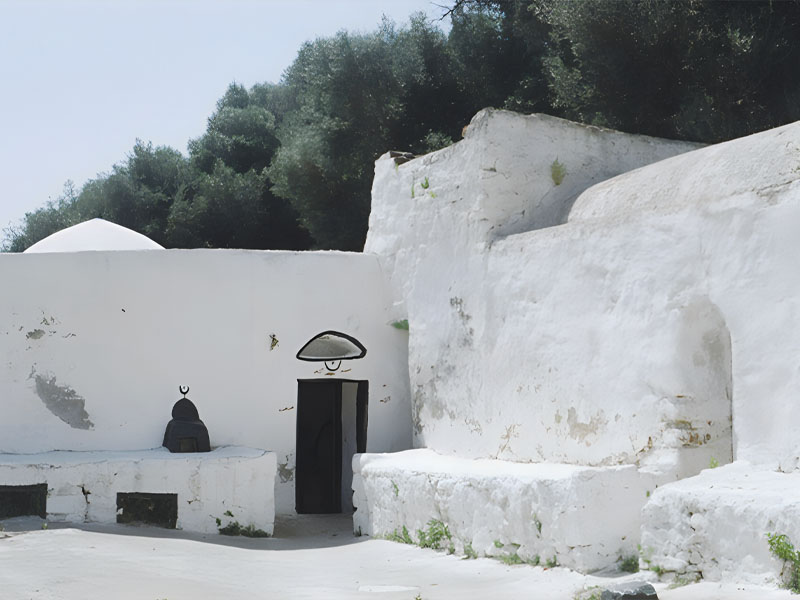
Imad bin Soula (Tunisia)
The collective memory has a great interest in beginnings and origins; this interest is made manifest in popular seasonal celebrations, rituals and oral narratives that make reference to the past.This study investigates how origins and beginnings are portrayed in popular narratives, and how origins and beginnings’ functions and meanings relate to collective memory and group identity. The study is based on the ethnographic oral code of the geographical and sociocultural space of Benzerte in the northeast of Tunisia.
The scholar faced a challenge when classifying the narratives, and was forced to combine eloquent written content with expressive oral content. This is closely related to the generation of new genres within genres; as Todorov said, “A new genre is always the transformation of one or several old genres.”
We observe this theory in the narrative models used in the study, and we notice that every story references another story, even if the referenced story is from a different literary genre. For example, the story of Sidi bin Su’aidan and the corner where the horse stopped while carrying his corpse reminds us of the story of the construction of Qiba’ mosque. Islam’s first mosque, the Qiba’ mosque, was built on the spot where the Prophet’s (MPBUH) camel stopped after the Prophet’s followers competed to offer him hospitality. However, the Sidi bin Su’aidan story belongs to the genre of popular literature and Sufi writings, which are often about righteous people. The story about Al Mazouqah Lake is based more or less on stories about the flood, which are popular in Semitic heritage, (the story of Prophet Noah); in Sumerian heritage, (the story of Ziusudra); the Babylonian epic of Gilgamesh; and also in world heritage as outlined by Frazer in Folklore in the Old Testament.
These stories are all metaphors for a miraculous event that allowed rebirth after destruction, with water representing the dialectic of birth and death.
Past events are alluded to when origins and beginnings are referenced within the framework of a narrative in which imagination is superimposed over history within what Ricoeur refers to as ‘narrative identity’, where the narrative becomes a part of writings about individual and collective identities.
The referencing of archetypes is a deep-rooted tendency that is beyond classification; Mircea Eliade described this referencing of archetypes as nostalgia for paradise or a longing for perfection.
Narratives about origins and beginnings perform several functions, as described below:
Interpretative function: The narrative about origin serves as an interpretative tool to reaffirm the narrative’s worthiness and ensure group compliance, whether or not the narrative contains a direct historical or religious reference. In the case of Benzerte, the historical reference is clear, as mentioned in historical sources that describe Benzerte’s Phoenician, Roman and Arab Islamic periods, which began in the seventh century AD. The city chose instead to create its own history based on myths.
Integrative function: Narratives often help to prepare people for involvement in society by illustrating basic concepts. The narratives serve as a tool that helps the individual integrate into his or her natural, architectural or social environment.
The function of a constituent: The story does not only track origins and beginnings and interpret them; the story also becomes a point of origin, as with the expression ‘Once upon a time’.
Ontological function: By referencing beginnings and origins, oral narratives seem more authentic. Oral narratives depend on the repetition of events rather than on chronological history, they help people to transcend time and the fear that it provokes.
















